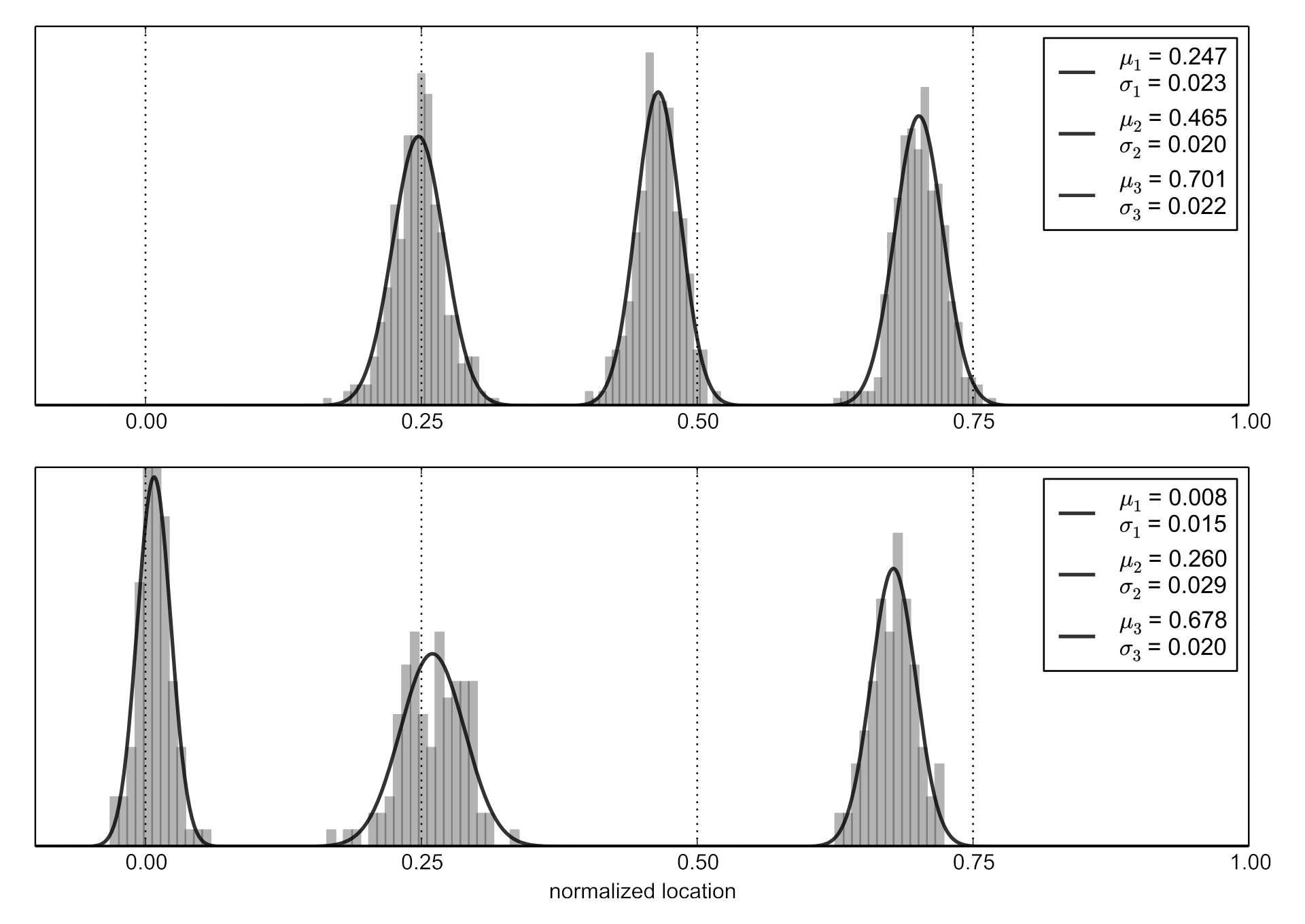Microtiming in the rhythmic structure of Candombe drumming patterns
This paper presents the results of measuring and analysing the micro-rhythmical properties of the drumming patterns in Uruguayan Candombe.
Luis Jure and Martín Rocamora
June 8, 2016
New York, USA
Fourth International Conference on Analytical Approaches to World Music (AAWM 2016)

Abstract
The analysis of micro-rhythmic aspects of music has experienced an important development in recent years. Microtiming involves small-scale temporal deviations of events in the musical surface with respect to an underlying isochronous metrical grid. These deviations can take the form of tempo variations like rubato; in other cases they rather consist of the time-shifting of events with respect to the steady beats of a constant tempo (e.g. notes inégales in Baroque or “swing” eighth-notes in Jazz). It has been recently argued that in some cases microtiming could be better understood by considering non-isochronous beat subdivisions. This paper presents the results of measuring and analysing the micro-rhythmical properties of the drumming patterns in Uruguayan Candombe. Candombe rhythm results from the interaction of the patterns of three drums of different size and pitch, and its metric structure–a cycle of four beats and sixteen pulses–hares many traits with other musics of the Afro-Atlantic world. The analysis of several recordings by renowned players reveals the systematic and consistent use of micro-temporal deviations in the patterns of Candombe, demonstrating that microtiming is a structural component of its rhythm.